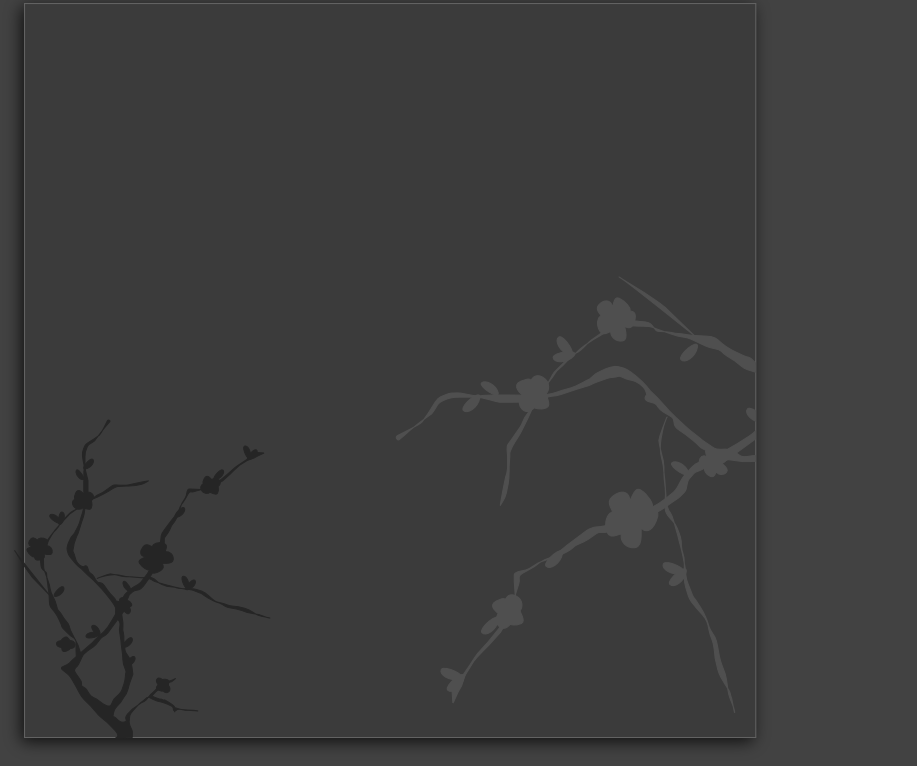
Custom Graph™
Post Illuminance™ Privacy Policy | Terms of Use

| 12Bottom graph |
The Fabulous FinishIntroductionThe glossy slick finish found on automobiles, boats, and planes can be accomplished on wood surfaces. It isn't that much different in effort and preparation to get this type of finish on most any wood surface. By following the instructions below from sanding through adding a clear coat you can become a pro at creating this type finish on any project you wish.
Sanding
Priming
Color Coat
Clear Coat
Results
Please visit out how to series at http://postilluminance.com/how-to/ for instructions on methods to accomplish other interesting projects. |
|
|